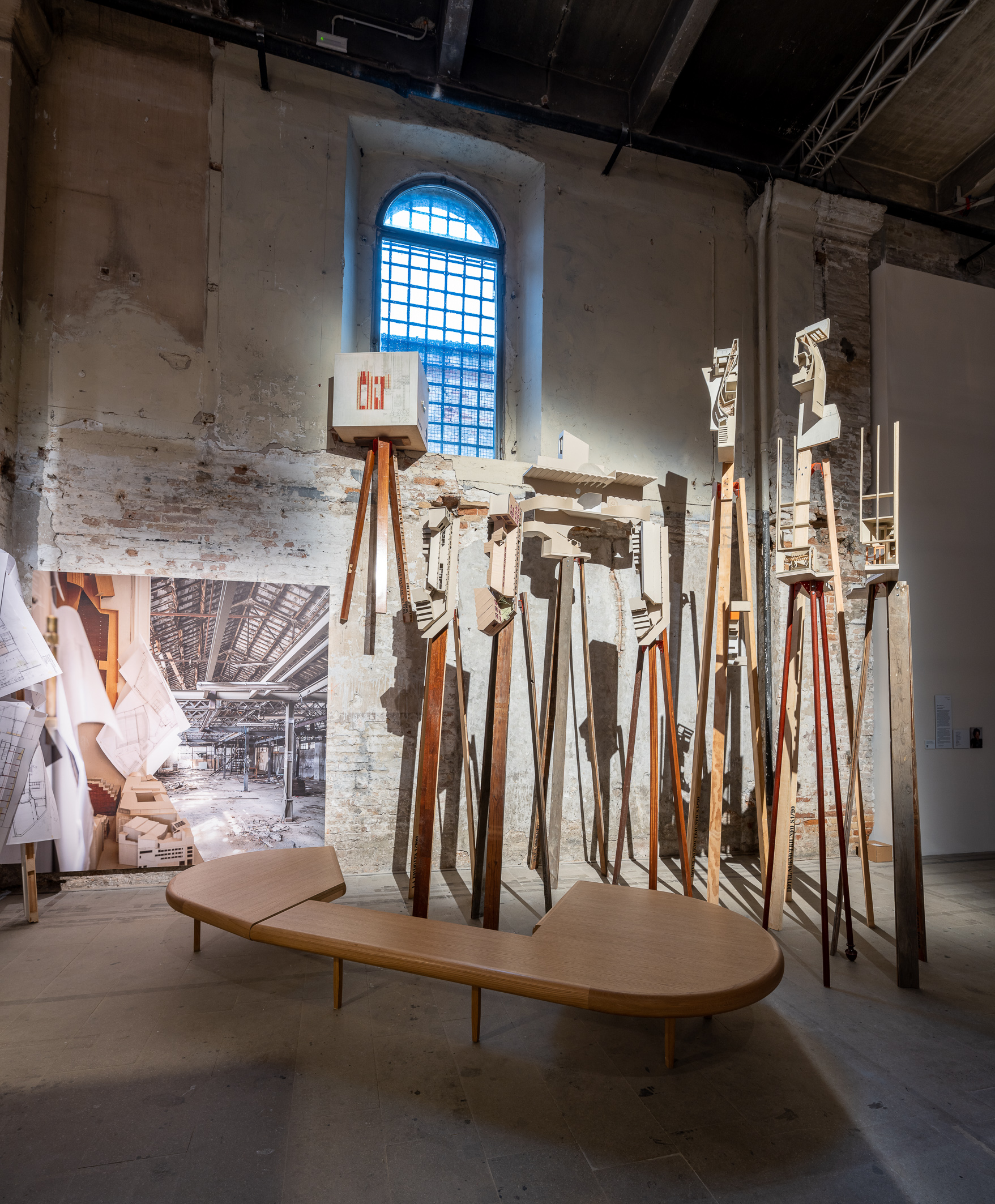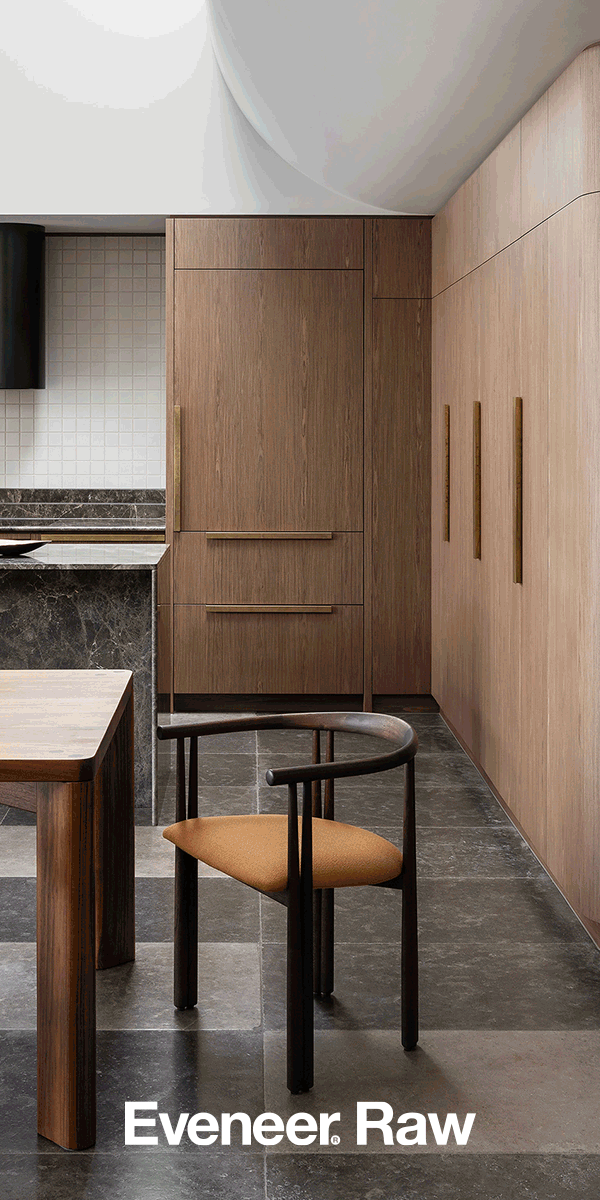French fashion house Jacquemus has partnered with international architectural firm OMA/AMO to materially evoke Provence in the heart of iconic...
‘The Laboratory of the Future’ is Full Steam Ahead
Lesley Lokko's 18th International Architecture Exhibition - La Biennale di Venezia realises moments of meaningful change in an expansive exhibition that focuses on decarbonisation and decolonialisation.
Essay
Sophie Lanigan

Surfacing - The Civilised Agroecological Forests of Amazonia Photo by Andrea Avezzù
Operating under an expanded definition of architecture, the 18th International Architecture Exhibition - La Biennale di Venezia, opened on Saturday and is powerfully inclusive. Titled ‘The Laboratory of the Future’, creative director Lesley Lokko has used the platform to focus on decolonisation and decarbonisation. A focus that addresses the architectural narratives that have been told to date, which Lokko describes as ‘incomplete’. She describes “the black body as Europe’s first unit of energy” as one way to link decolonisation and decarbonisation, problematising the exploitation of resources, including humans, in a highly contemporary yet productive way. To address such an incomplete narrative, an expansive exhibition such as the Biennale offers an excellent opportunity to imagine other modes of practising architecture. With 89 participants, six venues, six months of Carnival events, the Biennale College Architettura teaching programme, 64 national participants and nine collateral events - some of this incomplete story of architecture could realistically be realised at the site of the Biennale. There is a general feeling that in this Biennale, it is not ‘either/or' it is ‘and’ - where the intention is not to replace current methods of practice but rather to expand and include. With this attitude, it is possible for most visitors to find a project that challenges, inspires and resonates.
The immense energy required for change and constant collaboration is made possible through Lokko’s sharp vision and warmth. On her intention for the Biennale, she stated, “questions of production, resources and representation are central to the way an architecture exhibition comes into the world, yet are rarely acknowledged or discussed. From the outset, it was clear that the essential gesture of The Laboratory of the Future would be ‘change’.” Some changes—such as the majority of participants being from Africa or the African diaspora, including education as a vital part of the Biennale programme and focusing on younger, smaller practices—will spark meaningful shifts in how to speak, think and represent the architectural world. In contrast, other changes are less glamorous but more immediate. For example, the infrastructure of the exhibition (walls, floors, paint etc.) was adapted from the Biennale of Art in 2022 to minimise material waste from temporary exhibition installation. Lokko also encouraged participants to engage ‘lightly’ by using screens, projections and drawings rather than models and large artefacts. In these choices, positive change has already been realised - it will be interesting to watch the Biennale over the next six months to see what else can be achieved.
A feature article on the Australian Pavilion at the Giardini will appear in Issue 03 of Union. Available soon.
Venice Biennale of Architecture
Giardini, Arsenale and Forte Marghera
20th of May - 26th of November 2023

Emotional Heritage by Flores y Prats Photo by Andrea Avezzù

